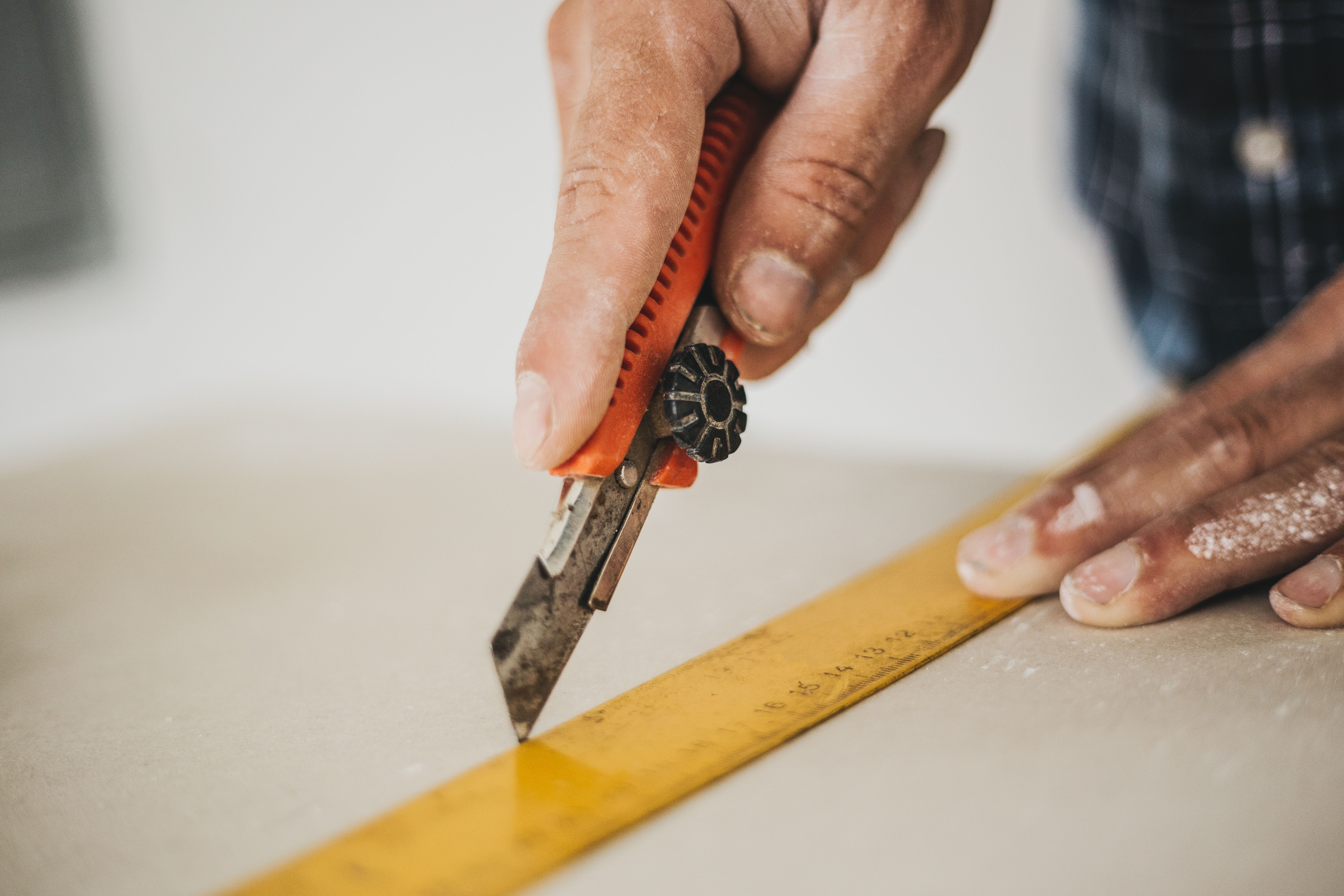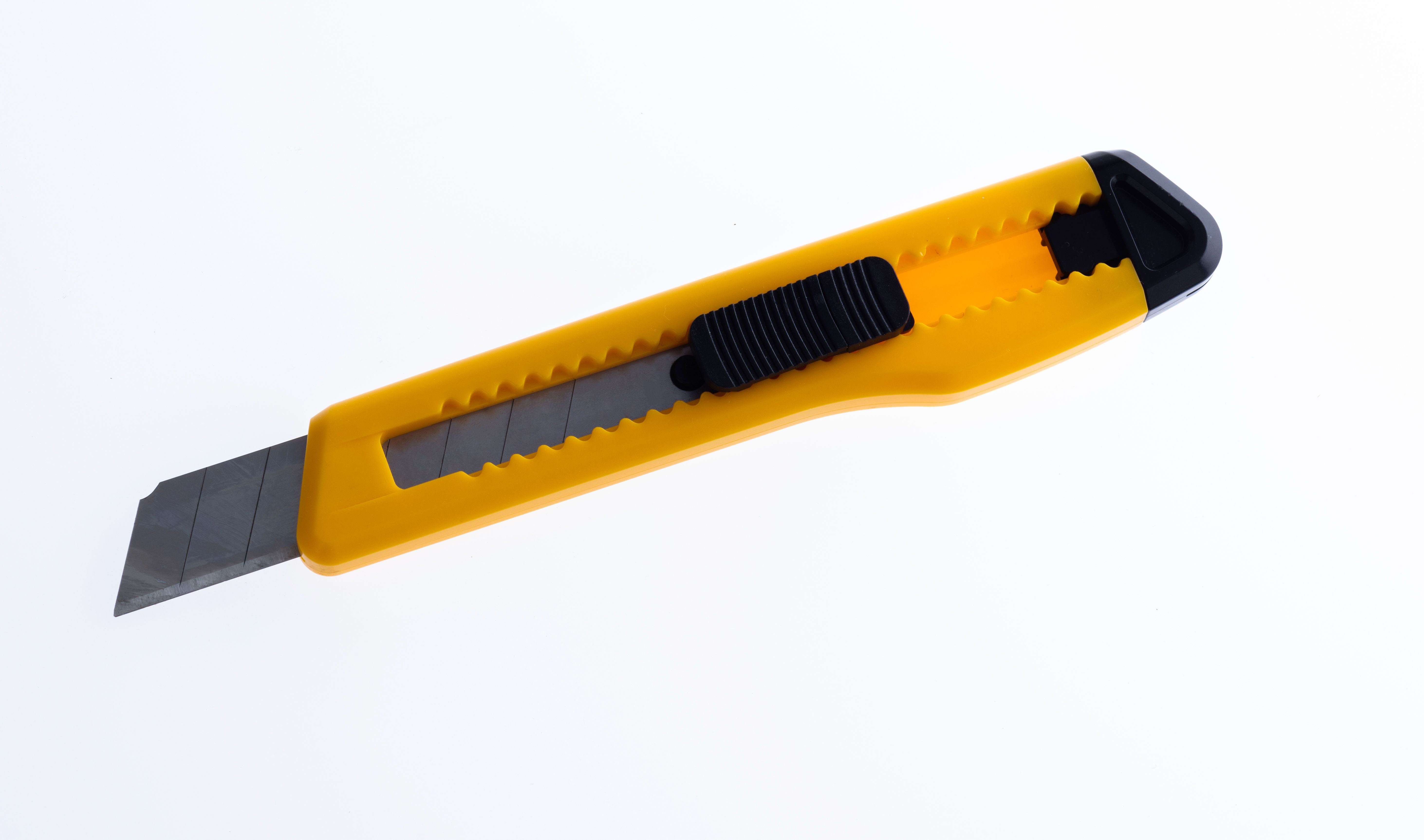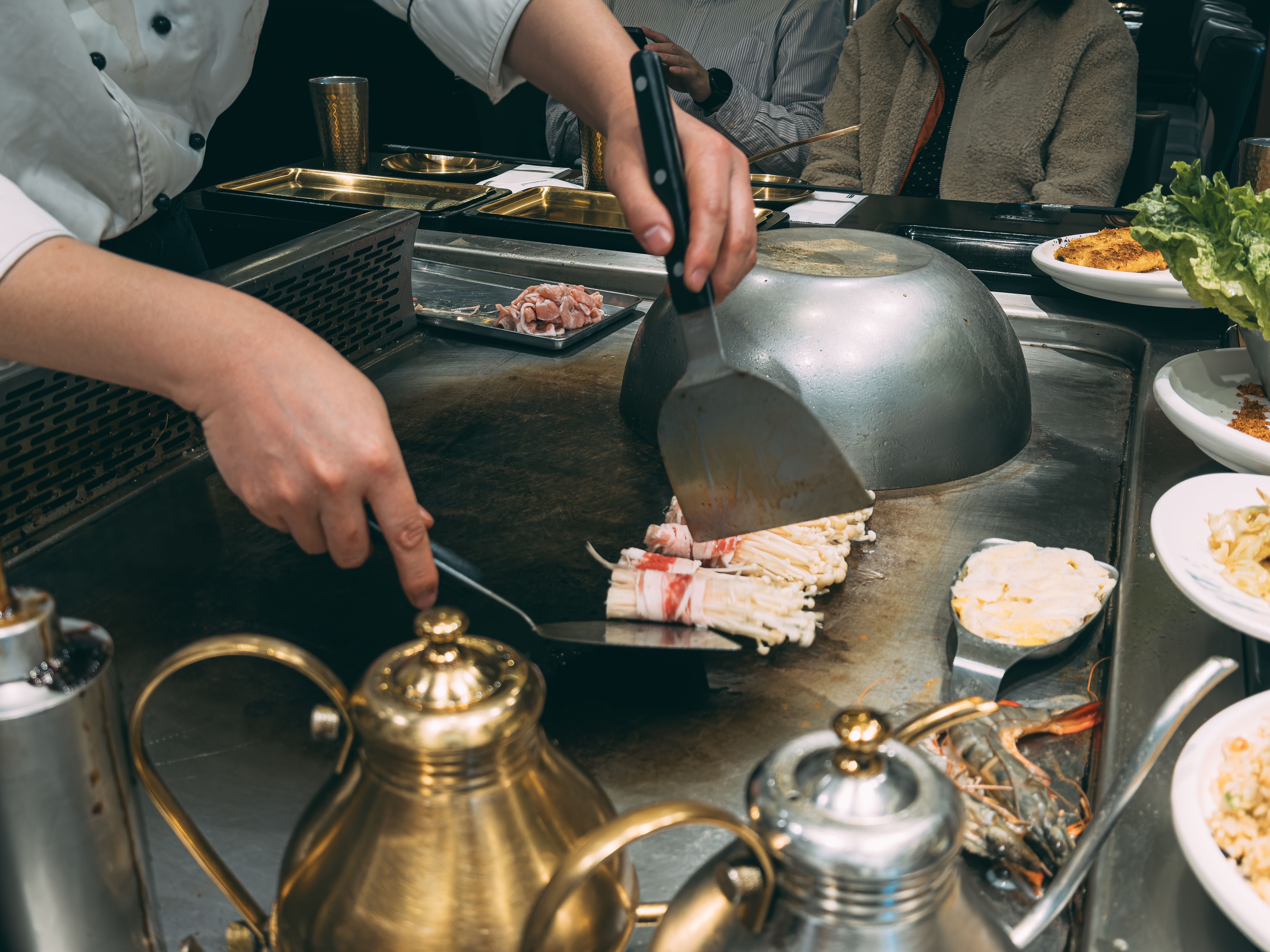The Art and Craft of Japanese Chef's Knives
The Heritage of Japanese Chef's Knives
Japanese chef's knives are not merely kitchen tools; they are a testament to centuries of tradition, craftsmanship, and artistry. These knives have evolved from the ancient art of sword-making in Japan, where meticulous attention to detail was paramount. Today, they are celebrated for their precision, sharpness, and stunning design, making them a coveted item among professional chefs and cooking enthusiasts worldwide.
The history of Japanese knives is deeply intertwined with the country's cultural heritage. Originating from the samurai sword-making tradition, these knives are crafted with similar techniques that ensure their exceptional quality and durability. The transition from swords to kitchen knives was a natural evolution as the need for fine culinary tools grew. This lineage is evident in the care and skill required to produce each piece.

Types of Japanese Chef's Knives
Japanese knives come in a variety of styles, each designed for specific tasks in the kitchen. Understanding these types can greatly enhance your culinary experience:
- Gyuto: A versatile knife similar to a Western chef’s knife, ideal for slicing, chopping, and dicing.
- Santoku: Known for its three virtues—slicing, dicing, and chopping—this knife is perfect for home cooking.
- Yanagiba: A long, slender blade used primarily for slicing raw fish, essential in preparing sushi and sashimi.
- Deba: A heavy-duty knife used for cutting through fish bones and filleting.
The Craftsmanship Behind Each Blade
The process of making a Japanese chef's knife is nothing short of an art form. Each knife is typically forged by hand, involving multiple steps that can take several days to complete. Craftsmen, known as bladesmiths, use traditional techniques that have been passed down through generations.

One of the most critical aspects of this craftsmanship is the steel used. Japanese knives are often made from high-carbon steel, giving them a sharper edge and superior hardness compared to stainless steel knives. This material requires careful maintenance to prevent rust but rewards users with unrivaled performance.
Caring for Your Japanese Knife
Maintaining a Japanese chef's knife ensures its longevity and performance. Proper care involves regular sharpening with a whetstone to retain its sharp edge. Additionally, it's essential to hand wash and dry the knife immediately after use to prevent any moisture damage.
Storing your knife properly is also crucial. Consider using a magnetic strip or a wooden block that allows air circulation around the blade, preventing any unnecessary moisture accumulation. By following these practices, you can keep your knife in top condition for years.

The Cultural Significance
Beyond their functional benefits, Japanese chef's knives hold cultural significance. They represent the dedication to craftsmanship and the pursuit of perfection that is deeply rooted in Japanese culture. Owning such a knife is not just about having a tool but possessing a piece of art that embodies a rich history.
Many chefs regard these knives as an extension of their own skills, allowing them to execute precise cuts and techniques that elevate their culinary creations. The respect and care shown to these knives reflect the honor given to the art of cooking itself.
Conclusion: A Culinary Investment
Investing in a Japanese chef's knife is more than acquiring a kitchen utensil; it's embracing a tradition that marries art with functionality. Whether you're an aspiring chef or someone who appreciates fine craftsmanship, these knives offer unparalleled performance and beauty.
The journey into the world of Japanese chef's knives can transform your cooking experience, offering not only practical advantages but also a deeper appreciation for the artistry involved in their creation. As you slice through ingredients with precision and grace, you'll understand why these knives are cherished by culinary professionals around the globe.

